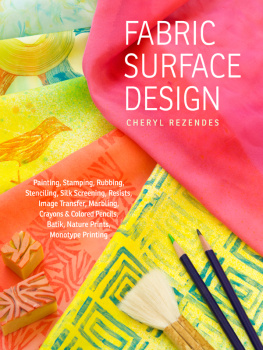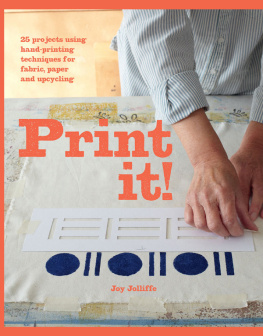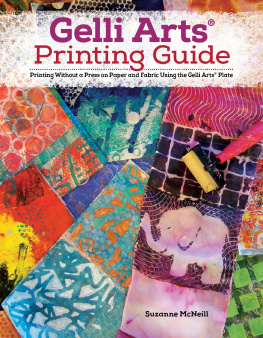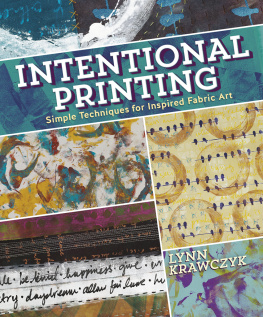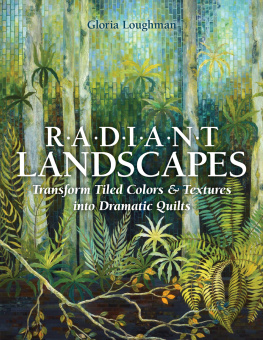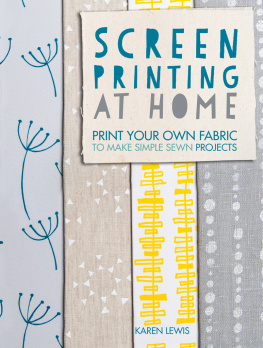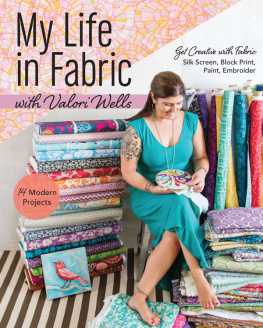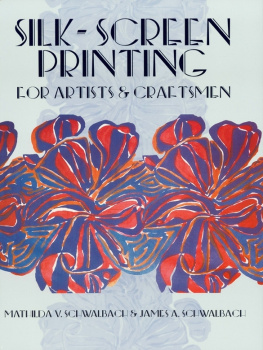
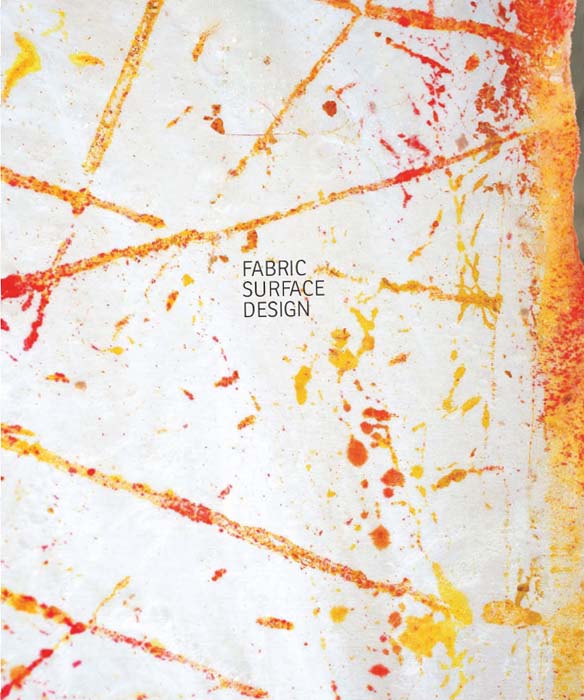


The mission of Storey Publishing is to serve our customers by publishing practical information that encourages personal independence in harmony with the environment.
Edited by Gwen Steege
Art direction and book design by Mary Winkelman Velgos
Cover photography by Mars Vilaubi (front), John Polak (back), and 2010 Lee Ann Barker (author)
Interior photography by John Polak, except as noted on
Illustrations, , by Missy Shepler
Indexed by Nancy D. Wood
2013 by Cheryl Rezendes
Ebook Version 1.0
All rights reserved. No part of this book may be reproduced without written permission from the publisher, except by a reviewer who may quote brief passages or reproduce illustrations in a review with appropriate credits; nor may any part of this book be reproduced, stored in a retrieval system, or transmitted in any form or by any means electronic, mechanical, photocopying, recording, or other without written permission from the publisher.
The information in this book is true and complete to the best of our knowledge. All recommendations are made without guarantee on the part of the author or Storey Publishing. The author and publisher disclaim any liability in connection with the use of this information.
Storey books are available for special premium and promotional uses and for customized editions. For further information, please call 1-800-793-9396.
Storey Publishing
210 MASS MoCA Way
North Adams, MA 01247
www.storey.com
For my parents, Constance LaPointe, Dennis Rezendes, and Beau Rezendes, and for their unwavering belief in who I am as an artist since the time I was very small.
Contents
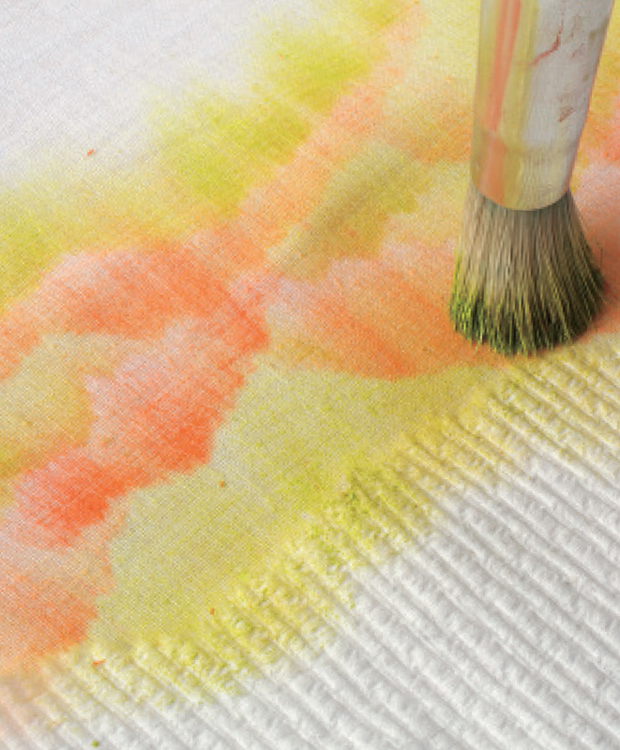
An Invitation to Design
Designing your own fabric opens up a whole world of possibilities, and in this book youll find a wide range of techniques that you can use for just this purpose. Keep in mind that this book was written for you and your creative process. It is not about me, my artistic sensibility, or even the techniques I use and love, although I included most of them in these pages. Ive also presented the work of a variety of fiber artists whose aesthetics encompass a wide range of imagery as well as personal taste and style, so that you can see the endless possibilities these techniques offer you.
Why Choose Paint Instead of Dyes?
I chose to write about using paint on textiles rather than dyes simply because paints are easy to work with. There are no complicated recipes to follow and no toxic chemicals or fumes to worry about. Paints are quick and easy to set up. Cleanup is also a breeze, because it can be done simply with just soap and water. If your studio is the family kitchen table, and your time frame is the length of your youngest childs afternoon nap or the couple of hours you have between dinner and bedtime, then paint is the way to go.
Its my belief that many of the techniques accomplished with dyes on fabric can also be executed with paint. The only real restriction is size, although I successfully stretch and paint 3 yards of fabric at a time on a regular basis. Even more impressive, textile painter Mickey Lawler stretches vast quantities of fabric in her backyard to paint yards of incredible skyscapes. (For an example of her work, see .)
Techniques and Creativity
Although the step-by-step instructions in this book are written with beginners in mind, experienced surface design artists will value the information as a reference or reminder of techniques they may have forgotten. You can take all of these techniques much farther than the specific instructions here: use my guidance as a kickoff to your own investigation. Think of each technique as a big experiment where you have to uncover the meaning and scope of its capability. The reality is that you could work with any one of the techniques for months on end before even beginning to tap into its full potential.
For those of you who are just starting out as a creator of art, think of the work you do from these exercises as samples of the techniques you are learning; chances are they arent going to be masterpieces at first. For more experienced users, remember that masterpieces come only after many ho-hum pieces. More simply great or wonderful or even just nice pieces are out there than there will ever be masterpieces. And even a masterpiece is never perfect. Rather, each masterpiece is only a stepping stone (albeit a rather large stepping stone) to the next piece or, more than likely, to the next direction your work takes you. And each time you turn in a new direction, you are a beginner again.
Masterpieces aside, even good work needs your permission to emerge. You, as the artist, grant that permission by allowing yourself to experiment without judgment. As you work, you need the spontaneity and wonder of a child before you can achieve provocative artwork. You need to learn to let go of the visual idea in your head as to what good art really looks like.
If you are the sort of person who tackles each new project with a steadfast idea in your head, remember that what happens on the piece of cloth in front of you has a mind and a direction of its own. What it becomes is often far more exciting, or at least just as exciting, as the original idea.
One of the most important tools we need as an artist is one we all possess: our eyes. Using our eyes to truly observe the world around us is a critical step in learning to be an artist. The next time you sit down to draw something from life, take note of how much time you spend looking at the object in contrast to how much time you spend looking at your drawing. Often people spend more time looking at the drawing and then are frustrated because the drawing doesnt accurately represent the object theyre trying to draw. How can it? The artist doesnt really know what it looks like, because he or she has been drawing based on a preconceived notion of what the object looks like, rather than what it actually looks like.
Similarly, to succeed at fabric surface design, its important to develop the ability to observe our work as it unfolds and not be locked into a visual preconception of what we want it to look like. When we come at it with an open mind, we are able to see our unique and personal creations as the successes they truly are, not as failures because they turned out different from what we had intended, or pre-imagined, them to be. Promise yourself that from now on you will take a thoroughly objective look at what you are creating. Give your materials and your instincts (yes, you do have them) the right to guide your hands as they discover new tools, new mediums, and new results. Pay attention to what your piece truly looks like, as well as to what you intended it to be.
Be forewarned that even experienced artists go through a period of doubt with each and every piece they have created. Often an art piece looks awful simply because it hasnt had time to evolve. Keep working and push yourself through the doubt. If you really just cant stand the piece, put it aside for a month or so before throwing it out. You may see its potential after you have had a little distance from it. I often hang an unfinished piece where it will be the first thing I see when I enter the room the following day. (For more suggestions on evaluating your work, see ).
Next page
